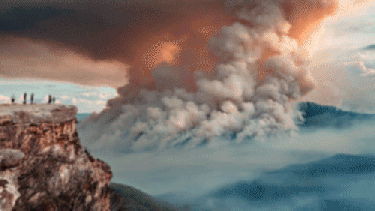
Sciences & Technology
Climate change is supercharging the world’s wildfires
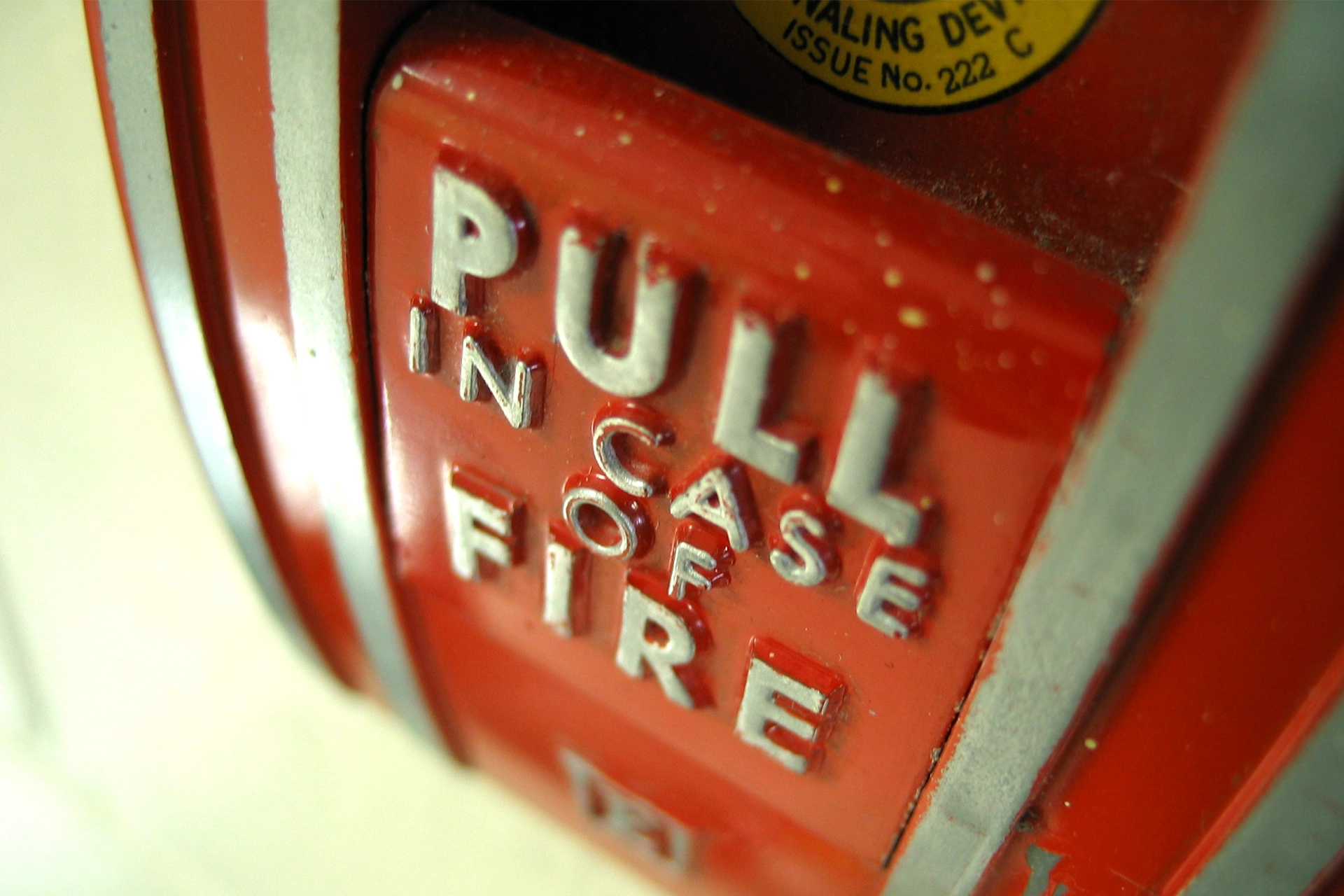
The instruction to Stay or Go might feel like a mixed message, but with the right planning it’s a proven life saver
Published 15 October 2024
Australia’s topography, highly flammable vegetation and frequent exposure to extremely hot, dry, windy weather means that bushfire is a natural part of the landscape.
For our ongoing study on collaborative governance in crises (with a focus on the Black Summer Bushfires 2019-2020) we have interviewed 62 members of the emergency services organisations, government representatives and bushfire experts.
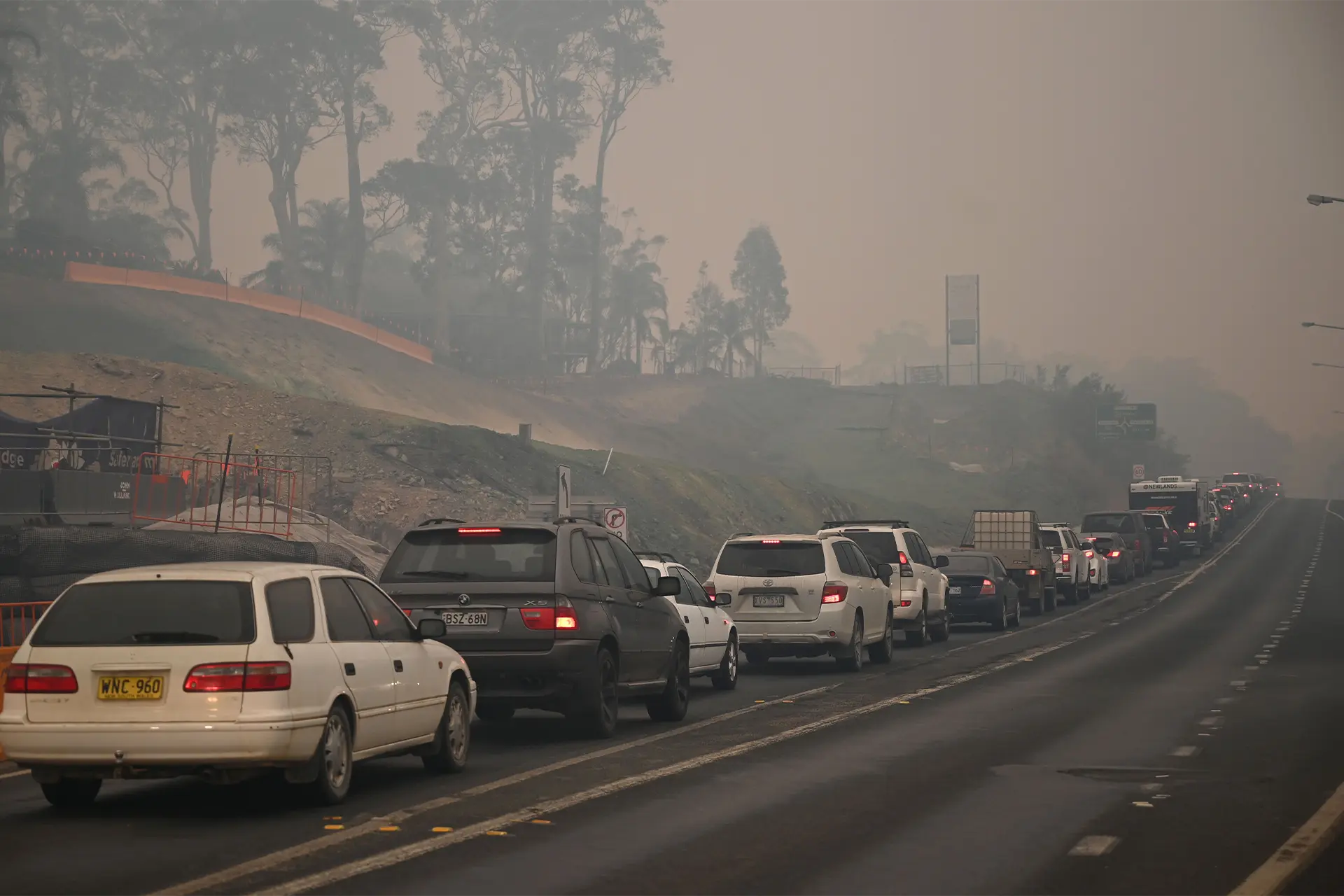
The stories of trauma relayed by communities and responders after the Black Summer Bushfires has focused our research towards helping those in harm’s way to prepare for bushfires.
Experts and history remind us of one certainty – they will happen again.
In short, while the media captures the drama of megafires and the political fallout of these crises, it is often forgotten that it’s at the local level where fires have had their most devastating and deadly impact.
As we look to the upcoming bushfire season we want to remind communities that the damages and losses from bushfires haven’t been forgotten. These experiences have helped emergency management organisations work with communities and vice versa to ensure that bushfire planning is a process of active partnership.
How? By focusing on ‘Stay or Go’ or more formally Stay (and defend your property) or Go (early before the fire arrives).

Sciences & Technology
Climate change is supercharging the world’s wildfires
Ultimately, when deciding to Stay or Go there is no right or wrong decision.
Both staying and going can and have played an important role in preserving life but they have also, when misunderstood, caused injury and or death.
What’s important is to understand that decision making starts long before the summer months of bushfire season. Planning can save lives, livelihoods and property.
If a bushfire starts and threatens your house, you could be taken entirely by surprise if you have no bushfire plan or change your plan at the last minute. What’s important is that you are clear about what you are going to do (and do it!) when advised by emergency services that you may be threatened by a bushfire.
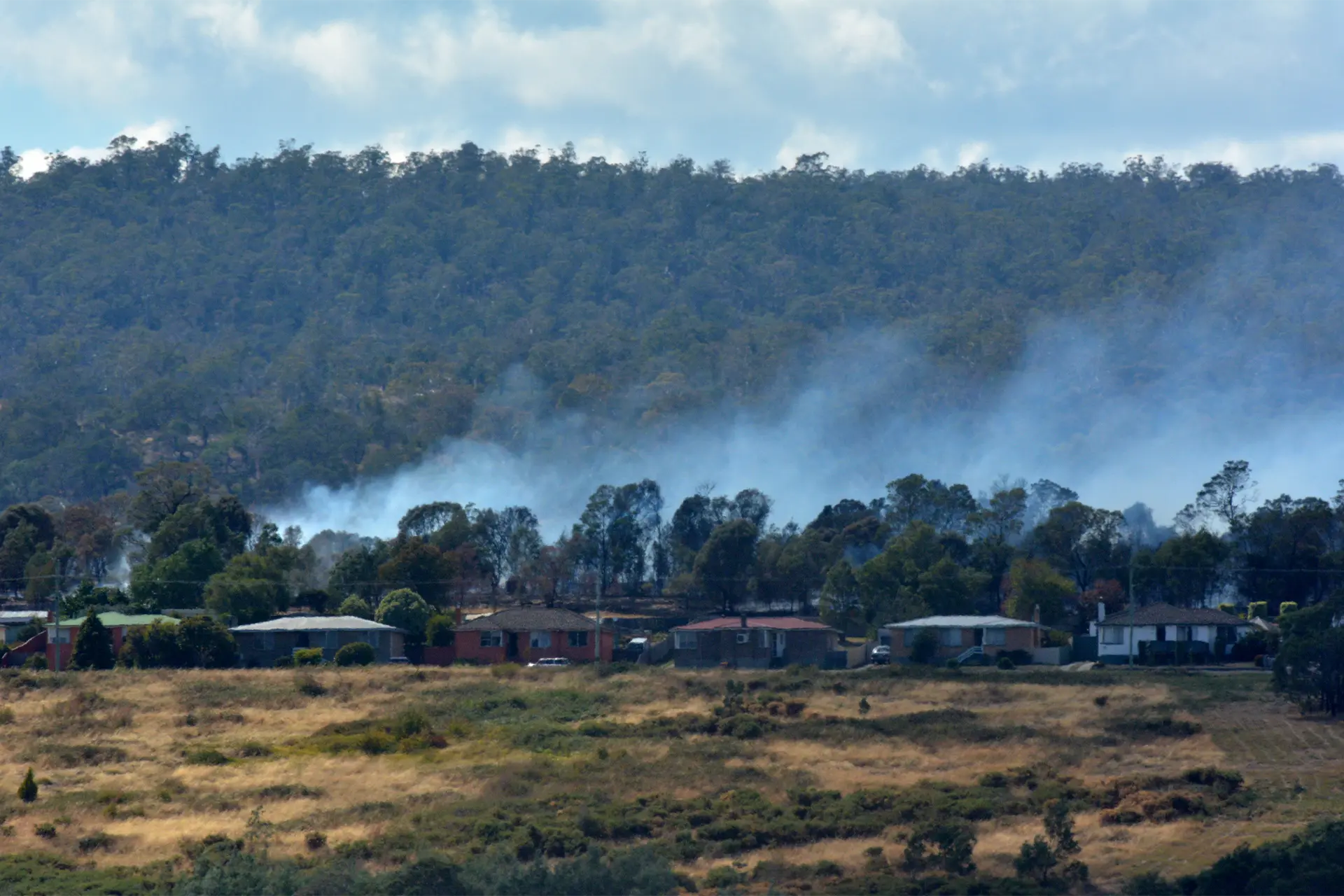
Staying (and defending your property)
In rural areas the farmhouse and direct surrounds are often the safest place of refuge and much safer than trying to outrun a fire in a vehicle.
The need for defendable spaces in rural areas has been an important part of ensuring that fuel clearance and bushfire breaks are developed around residential and commercial property.
Simply put you can stay and defend your property as long as you are prepared, have adequate firefighting resources, and your property is defendable.
However, it is not always the case that a property is defendable. Choosing to stay in such a property on a high fire danger day is dangerous.

Going (leaving early before the fire arrives)
Going requires using available information about bushfire activity and making a judgement about leaving a property with plenty of time before a bushfire becomes a threat.
Leaving early remains the safest option particularly if there is a lack of defendable space around your property. We know that just because the government has permitted homes to be built in certain areas doesn’t mean that they are safe.
Ember attacks can have devastating effects on property in rural and outer-urban areas.
Leaving too late means that you could get caught trying to outrun a fire where you will inevitably encounter strong wind, thick toxic smoke, fallen/falling trees, airborne debris and heavy traffic – all of which have contributed to injury or death on days of high fire danger while also risking the lives of our firefighters.
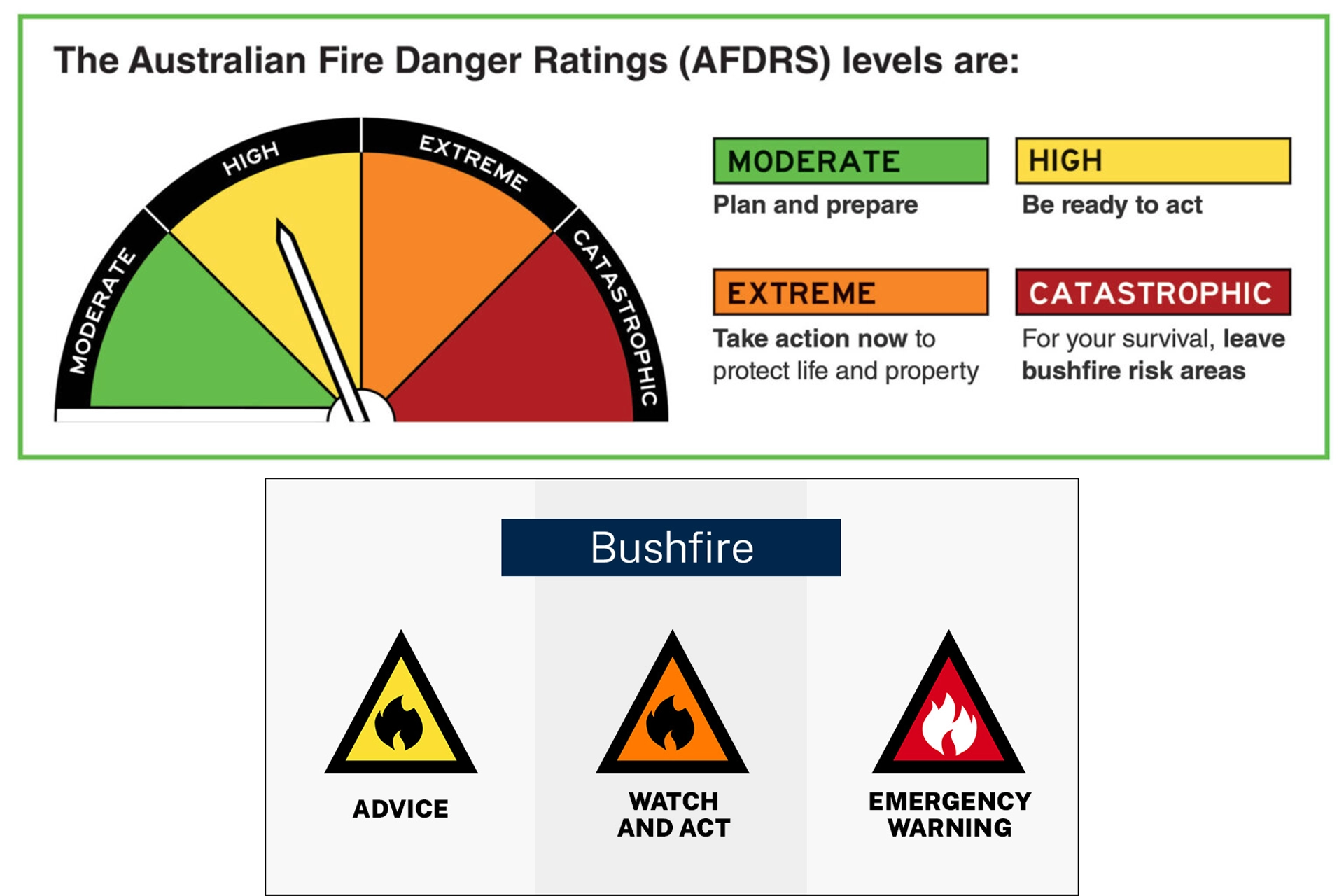
While considering your bushfire risk and the complexity of deciding whether to stay or go it is important to remember that most people will never experience a bushfire. Planning and preparing can be done through a three-step approach: what should be done in preparation for the fire; what to do during the fire; and how to cope afterwards.
Remember, there is no shortage of resources available to help you prepare which are the product of learning initiatives after significant bushfire events and have been crucial in the ongoing development of bushfire safety policy:
It’s never too early to start planning for bushfire season, particularly if you live in an area of high fire danger. Technology such as the Bushfire Resilience Rating App means households can self assess their bushfire risk, use it as part of their planning and take simple steps to make their home more fire resilient.

Sciences & Technology
Our Country, Our way
Australia’s fire danger rating system has been simplified with emergency services across States and Territories using consistent indicators, colours, signs and terminology so that everyone can assess the level of threat and what we need to do to remain safe when faced with days of high fire danger.
While most of us will never experience a bushfire it is important to be aware of the bushfire risk we live with – particularly during the summer when the risk is at its highest.
As we look to the coming bushfire season, we acknowledge that local bushfire planning requires ongoing focus as it competes with the everyday business of life.
If time dims our memory about the dangers of bushfire, then history reminds us that complacency and a failure to plan can have a fatal impact.
Our hope is to continue to translate our learnings to ingrain better planning and preparedness at national, state and local levels of emergency management.